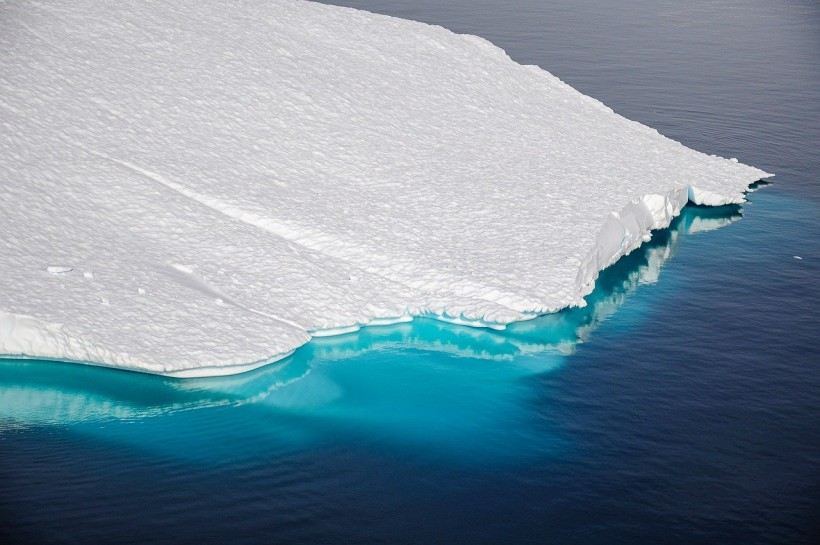The world's largest iceberg, known as A23a, is in motion, drifting away from the Southern Ocean due to wind and currents.
This colossal "megaberg" broke free from an ice shelf over three decades ago, remaining relatively stationary until now. It's an enormous and icy spectacle, prompting curiosity about its trajectory and the implications of its movement.

World's Largest Iceberg Breaks After 30 Years, Drifting from Southern Ocean: Researchers Explored Climate Change Implications
A23a Breaks Free Now On Its Way to 'Iceberg Alley'
In 1986, an iceberg, A23a, detached from Antarctica in a process called calving but became immobile in the Weddell Sea. In 2020, it resumed movement and is now approaching the tip of the Antarctic Peninsula, making it the world's largest iceberg at 1,500 square miles and about 1,300 feet thick.
The iceberg is anticipated to head to a region known as 'Iceberg Alley' in the Southern Ocean, where icebergs often gather, rather than venturing near populated areas like Copacabana Beach or the Côte d'Azur.
It won't engage in Hollywood-style destruction or seek revenge for human actions against polar bears. Instead, over time, it will disintegrate into smaller pieces and melt, a gradual process due to its massive size, akin to a previous iceberg.
Initially stuck on a seabed in shallow water, the iceberg started drifting due to warmer water above freezing. While icebergs commonly get stuck, the extended period it took for this 'megaberg' to move is somewhat unusual, National Snow and Ice Data Center senior researcher Walter Meier noted.
The iceberg's current drift is dictated by ocean currents, generally moving a few miles per hour. Although its mass may impede fast movement, Meier expects the currents to propel it swiftly once it gains momentum.
Insights into Climate Change Impact and Wildlife Concerns
The colossal iceberg, measuring 400 meters in height and spanning 3,900 square kilometers-nearly three times the size of New York City-recently caught the attention of British researchers on the RRS Sir David Attenborough. They encountered the iceberg while en route to the Weddell Sea, aiming to study climate change's impact on the Southern Ocean and its organisms.
While iceberg formation isn't a direct indicator of climate change, it holds historical records within ice layers, revealing past air temperatures and carbon dioxide levels. These icebergs play a vital role as they break apart, providing nutrients to sea life. However, the movement of such a megaberg raises concerns about potential disruptions to wildlife, especially around South Georgia Island.
Icebergs undergo a natural process of erosion and melting as they drift north of Antarctica. The warmer water and rough waves in the Southern Ocean contribute to the disintegration of icebergs, breaking them into smaller pieces or chunks.
While the time it takes for icebergs to diminish varies based on factors like movement speed and storm impact, A23a is anticipated to endure for an extended period due to its substantial size.Nonetheless, concerns arise about the impact of climate change on ice shelves when large icebergs leave Antarctica. While calving is a natural process, the warming ocean intensifies it.
Indrani Das, a glaciologist, suggests that while this iceberg's calving in 1986 aligns with natural dynamics, climate change could influence such processes in the future, emphasizing the importance of maintaining a balanced ice shelf mass.
RELATED ARTICLE: Giant Iceberg Off Antarctica's Coast Finally Moving Away From the South Pole After Being Freed From the Seafloor; Will It Affect Nearby Thwaites Glacier?
Check out more news and information on Climate Change in Science Times.














